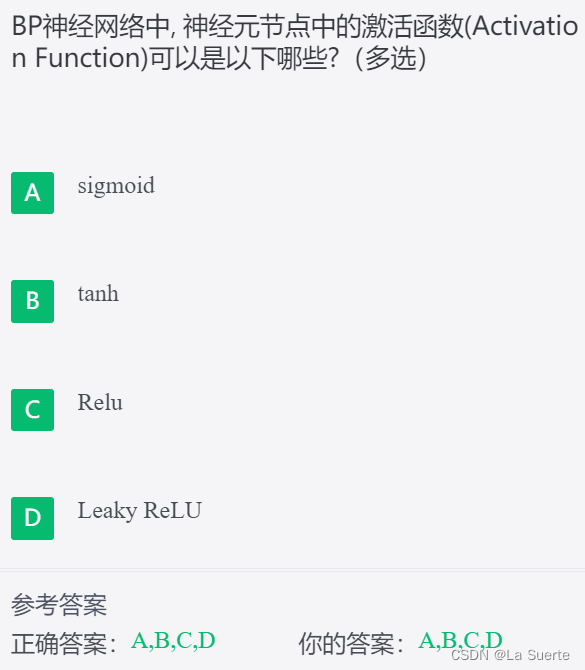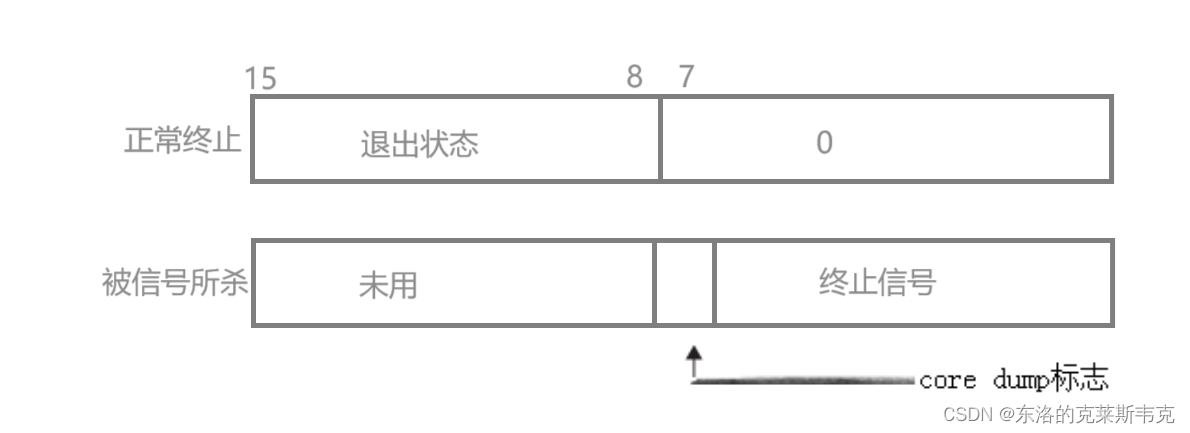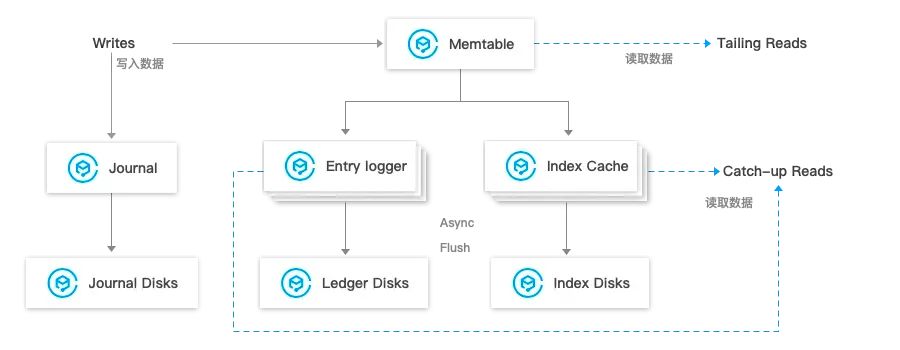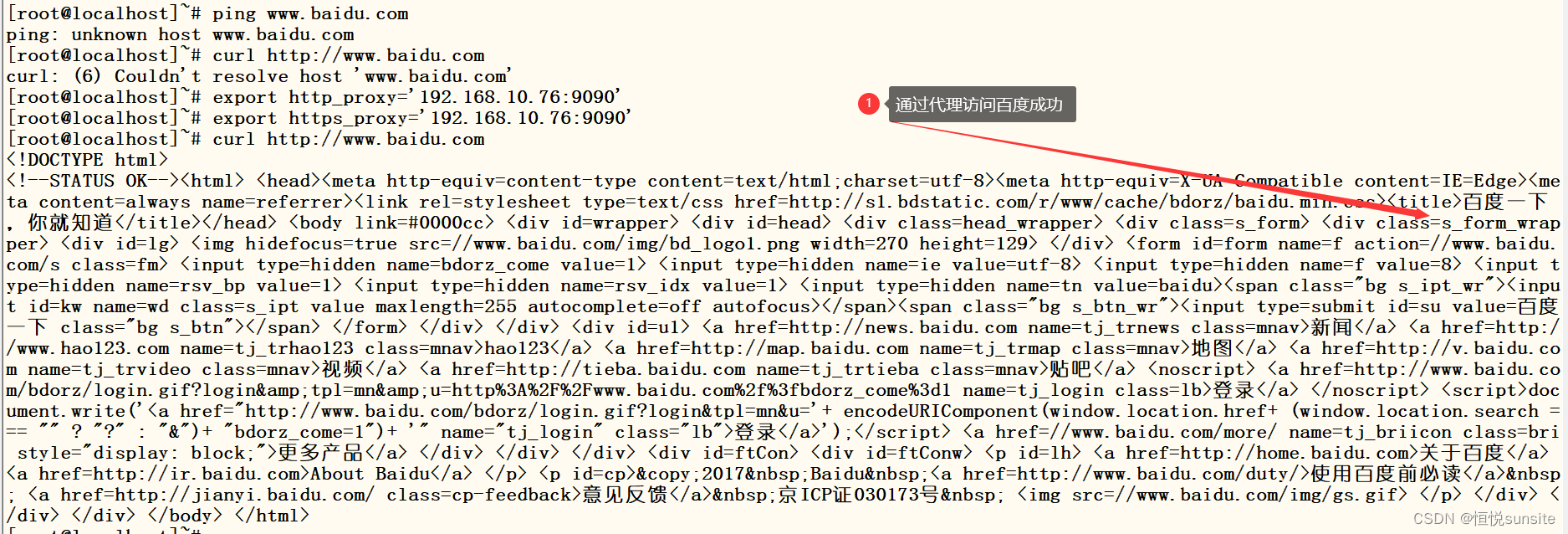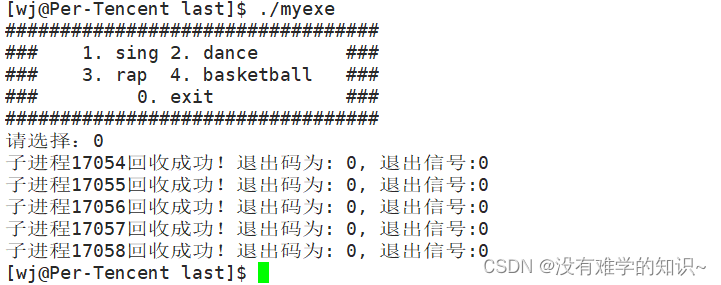3-哈希表-51-四数相加 II-LeetCode454
LeetCode: 题目序号454
更多内容欢迎关注我(持续更新中,欢迎Star✨)
Github:CodeZeng1998/Java-Developer-Work-Note
技术公众号:CodeZeng1998(纯纯技术文)
生活公众号:好锅(Life is more than code)
CSDN: CodeZeng1998
其他平台:CodeZeng1998、好锅
454. 四数相加 II
给你四个整数数组 nums1、nums2、nums3 和 nums4 ,数组长度都是 n ,请你计算有多少个元组 (i, j, k, l) 能满足:
0 <= i, j, k, l < nnums1[i] + nums2[j] + nums3[k] + nums4[l] == 0
示例 1:
输入:nums1 = [1,2], nums2 = [-2,-1], nums3 = [-1,2], nums4 = [0,2]
输出:2
解释:
两个元组如下:
1. (0, 0, 0, 1) -> nums1[0] + nums2[0] + nums3[0] + nums4[1] = 1 + (-2) + (-1) + 2 = 0
2. (1, 1, 0, 0) -> nums1[1] + nums2[1] + nums3[0] + nums4[0] = 2 + (-1) + (-1) + 0 = 0
示例 2:
输入:nums1 = [0], nums2 = [0], nums3 = [0], nums4 = [0]
输出:1
提示:
n == nums1.lengthn == nums2.lengthn == nums3.lengthn == nums4.length1 <= n <= 200-228 <= nums1[i], nums2[i], nums3[i], nums4[i] <= 228
/**
* 四数相加 II
*
* @param nums1 数组一
* @param nums2 数组二
* @param nums3 数组三
* @param nums4 数组四
* @return 四个数字各一个数相加等于0 的数量
* @author CodeZeng1998
*/
public int fourSumCount(int[] nums1, int[] nums2, int[] nums3, int[] nums4) {
int count = 0;
Map<Integer, Integer> firstAndSecondArraySumAndCountMap = new HashMap<>();
for (int i = 0; i < nums1.length; i++) {
for (int j = 0; j < nums2.length; j++) {
if (!firstAndSecondArraySumAndCountMap.containsKey(nums1[i] + nums2[j])) {
firstAndSecondArraySumAndCountMap.put(nums1[i] + nums2[j], 1);
} else {
firstAndSecondArraySumAndCountMap.put(
nums1[i] + nums2[j],
firstAndSecondArraySumAndCountMap.get(nums1[i] + nums2[j]) + 1);
}
}
}
for (int i = 0; i < nums3.length; i++) {
for (int j = 0; j < nums4.length; j++) {
if (firstAndSecondArraySumAndCountMap.containsKey(-nums3[i] - nums4[j])) {
count += firstAndSecondArraySumAndCountMap.get(-nums3[i] - nums4[j]);
}
}
}
return count;
}
ChatGPT:
提供的Java代码定义了一个方法 fourSumCount,用于计算有多少个元组 (i,j,k,l)(i, j, k, l)(i,j,k,l) 满足 nums1[i] + nums2[j] + nums3[k] + nums4[l] = 0。
以下是代码工作原理的逐步解释:
- 方法签名和变量:
- 方法
fourSumCount接受四个整数数组nums1、nums2、nums3和nums4作为输入,返回一个整数。 - 初始化一个计数器
count用于记录有效元组的数量。 - 创建一个名为
firstAndSecondArraySumAndCountMap的HashMap,用于存储nums1和nums2元素的和及其频率。
- 方法
- 第一个循环 - 构建HashMap:
- 外层循环遍历
nums1的所有元素,内层循环遍历nums2的所有元素。 - 对于每一对元素 (
nums1[i]和nums2[j]),计算它们的和。 - 如果此和不在map中作为键存在,则将其添加到map中,值为1(表示第一次出现)。
- 如果此和已经是map中的键,则将其值(频率)加1。
- 外层循环遍历
- 第二个循环 - 查找匹配的和:
- 另一对嵌套循环遍历
nums3和nums4的所有元素。 - 对于每一对元素 (
nums3[i]和nums4[j]),计算它们的负和(-nums3[i] - nums4[j])。 - 如果此负和在
firstAndSecondArraySumAndCountMap中作为键存在,意味着存在nums1和nums2的和,加上当前nums3和nums4的和结果为零。 - 将此键关联的值(这样的对数)加到
count变量中。
- 另一对嵌套循环遍历
- 返回结果:
- 方法返回有效元组的总数量。
454. 4Sum II
Given four integer arrays nums1, nums2, nums3, and nums4 all of length n, return the number of tuples (i, j, k, l) such that:
0 <= i, j, k, l < nnums1[i] + nums2[j] + nums3[k] + nums4[l] == 0
Example 1:
Input: nums1 = [1,2], nums2 = [-2,-1], nums3 = [-1,2], nums4 = [0,2]
Output: 2
Explanation:
The two tuples are:
1. (0, 0, 0, 1) -> nums1[0] + nums2[0] + nums3[0] + nums4[1] = 1 + (-2) + (-1) + 2 = 0
2. (1, 1, 0, 0) -> nums1[1] + nums2[1] + nums3[0] + nums4[0] = 2 + (-1) + (-1) + 0 = 0
Example 2:
Input: nums1 = [0], nums2 = [0], nums3 = [0], nums4 = [0]
Output: 1
Constraints:
n == nums1.lengthn == nums2.lengthn == nums3.lengthn == nums4.length1 <= n <= 200-228 <= nums1[i], nums2[i], nums3[i], nums4[i] <= 228

上图由 Pic 生成
关键词:the city of guangzhou
更多内容欢迎关注我(持续更新中,欢迎Star✨)
Github:CodeZeng1998/Java-Developer-Work-Note
技术公众号:CodeZeng1998(纯纯技术文)
生活公众号:好锅(Life is more than code)
CSDN: CodeZeng1998
其他平台:CodeZeng1998、好锅

